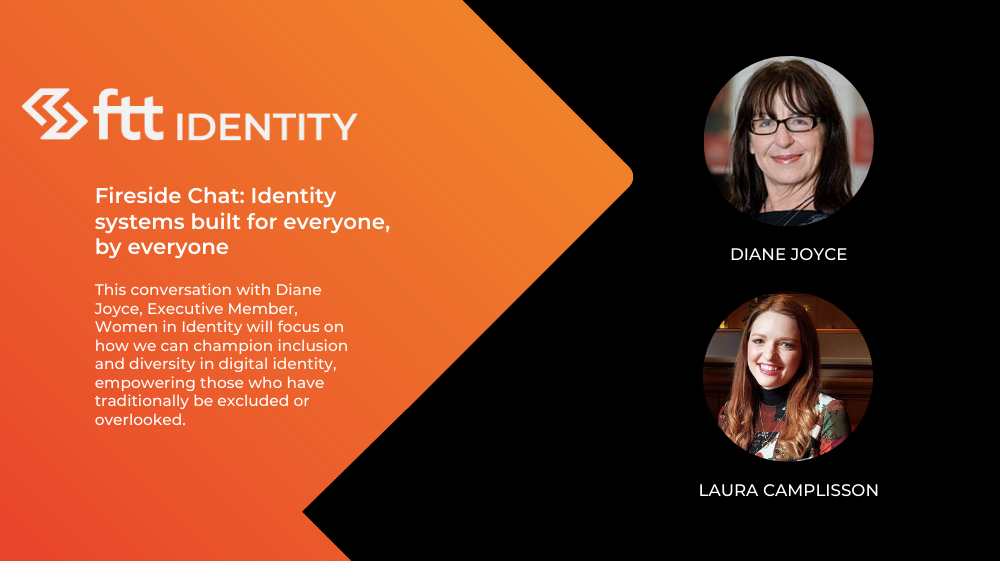
Identity exclusion is closely linked to socio-economic exclusion. Financial services and products are very often the starting point for establishing a digital identity, but not everyone has financial access. There are a number of reasons for this and it’s an issue that affects not only those in developing countries, but all across the world.
Many individuals do not have the necessary legal documentation to open a banking account, while others are unable to afford the device, or internet connection required to engage with digital services. Then, some people simply lack digital skills, abilities or access – such as the vulnerable, the illiterate, those with disabilities and those who live in remote locations.
In order to build digital identity for everyone, including marginalized groups, it is crucial to remove any unconscious biases that may be present. This means involving a diverse group of individuals, in both the product design and testing stages, to ensure the needs of a wide user base are accounted for.
In this fireside chat, Diane Joyce, an executive member of Women in Identity, dives straight into the issues of diversity and inclusion in the identity sector. Diane reveals some very practical suggestions on how to champion diversity in any organisation, right from the hiring process to the design process, and through to the end product.
Watch the full interview below.
Discover more at Future Identity 2021 – co-located with the Fintech Talents Festival, 15th & 16th November 2021.












